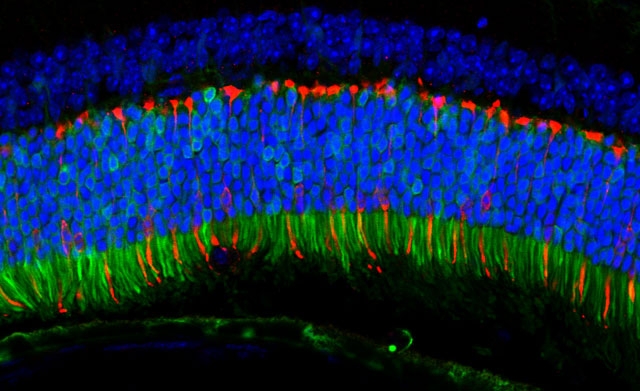The replacement of gene fragments that are damaged due to disease or cause disease is a new frontier in medical science. While biochemical engineers have successfully used viruses to deliver therapeutic agents the results have not proven as effective as hoped using modern viruses. Luk H. Vandenberghe of Harvard Medical School and Eric Zinn of the Schepens Eye Research Institute are the first to resurrect an ancient virus line of adeno-associated viruses that has shown great success in gene therapy in animals.
The researchers recreated adeno-associated viruses that disappeared long ago by calculation of the evolutionary steps that produced the viruses. The aim was to produce a more efficient and selective carrier for molecules that are used in gene therapy. The nine ancient viruses that were created have shown great promise in treating genetic problems with the liver, the retina, and muscles in mice. The advantage of the ancient virus is that it can specifically target a gene in an organ without invoking the natural immune response.
The researchers built in several safety factors to prevent the ancient viruses from becoming active disease causing agents. Viruses that were known to not produce any disease were created. The ability of the virus to reproduce itself while it is being used in gene therapy was eliminated. The resurrected viruses produced better results than modern adeno-associated viruses used in the same manner. The outer shell of the ancient virus is more easily manipulated into being a carrier for gene therapies that could cure blindness and liver disease.















